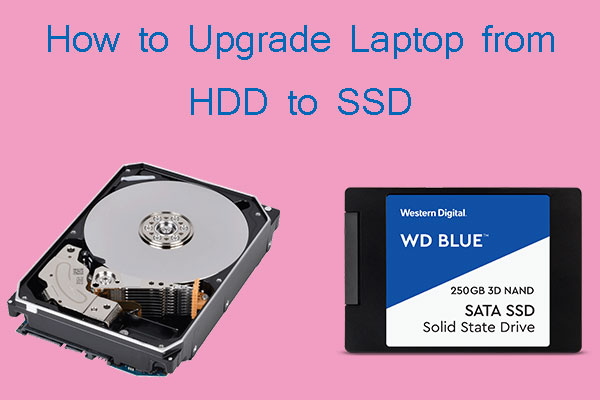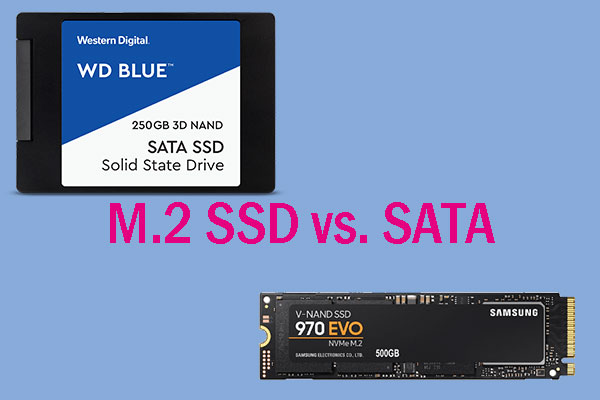When will SSDs replace nearline disk drives? This article uses some facts to make an analysis, indicating that SSD will soon replace nearlone disk drives in the near future. To learn more information, please check out this post from MiniTool now.
When Will Enterprise-class Storage Buyers Switch to SSDs
Aaron Rakers, an analyst at Wells Fargo, believes that when prices fall to five or less times the price of hard drives, enterprise-class storage buyers will start to prefer solid-state drives. They are cheaper, require less power and cooling, and access faster.
So, when will those enterprise-class storage buyers switch to solid-state drives? We don’t have a clear picture yet, but the cost per TB chart for enterprise SSD and near-line disk drives shows how close these two storage media have been over the past 18 months.
From the chart, it’s clear that the overall trend is that the cost of enterprise SSD per terabyte is falling faster than the cost of near-line disk drives per TB. The chart below shows that the price premium of enterprise-grade solid-state drives has dropped from 18 times in the fourth quarter of 2017 to 9 times in the second quarter of 2019.
This is a chart prepared by Aaron Rakers, senior analyst at Wells Fargo, using IDC and TrendForce data.

Sales of business disk drives primarily rely on high-capacity (8TB to 14TB, rotating at 7200 rpm) drives to store secondary or near-line data. The fast mission-critical disk drive, spinning at 10K to 15K rpm, has largely given way to fast access to SSDs.
Fast mission-critical disk drives, spinning at speeds of 10 to 15,000 rpm, have largely given way to fast access SSDs.
SSD Capacities Are Growing Faster than HDD
The capacity of disk drives is increasing with the use of heat and microwave-assisted magnetic recording (HAMR) and dual-read-write head technology.
However, the capacity of solid-state drives is growing faster. Compared with the current TLC (3 bits/cell), QLC (4 bits/cell) NAND increases its capacity by 25%. The number of layers in 3D NAND has increased from 64 layers to 96 layers, reaching 128 layers or even more.
The capacity of 128 layer 3D NAND die is twice that of 64 layer die, one third more than that of 96 layer die. Through our simple mathematical calculation, this means that 128Gbit 64-layer TLC chip will become 340Gbit 128-layer QLC chip, and the cost per TB is much lower than that of 64-layer TLC 128Gbit version.
At present, the development of PLC (5bits/cell) flash memory is under way, with 25 per cent more capacity than QLC flash.
The Business of Disk Drive Manufacturers May Be Affected
By this time next year, three disk drive manufacturers — Seagate, Toshiba and Western Digital — may see their near-line businesses begin to decline.
As for Toshiba and Western Digital, they are NAND’s partners in manufacturing, producing and selling solid-state drives. However, Seagate is not interested in NAND Fab. It is only a small company in the SSD market, which makes it most vulnerable to SSDs in the near-line disk business.



User Comments :